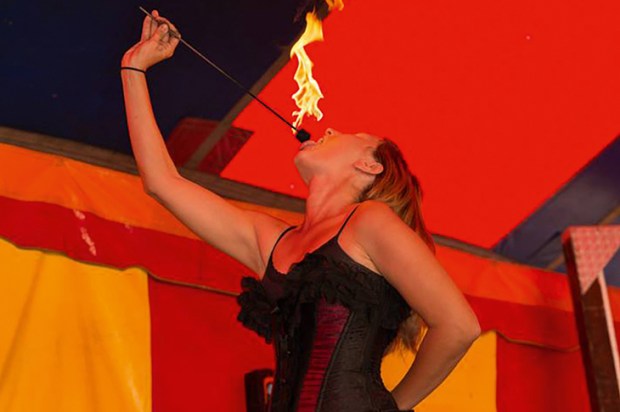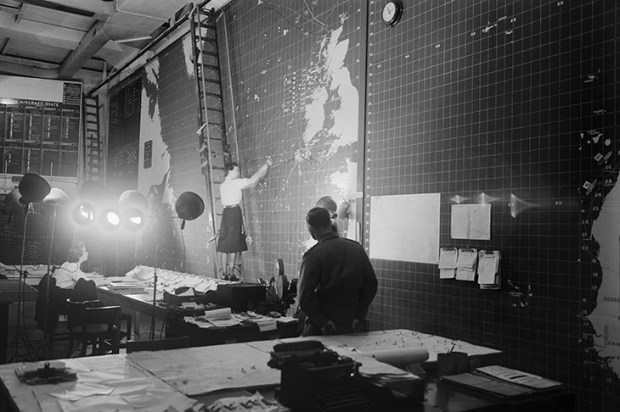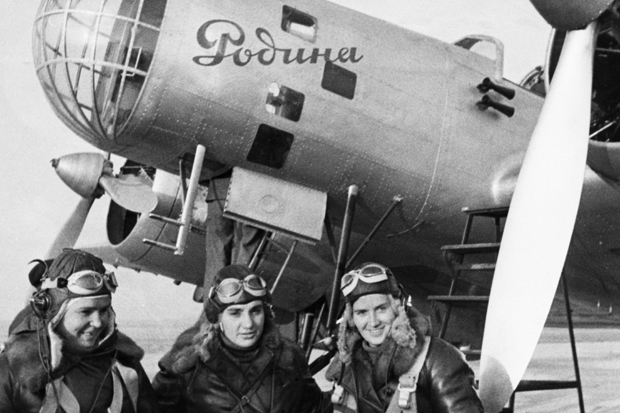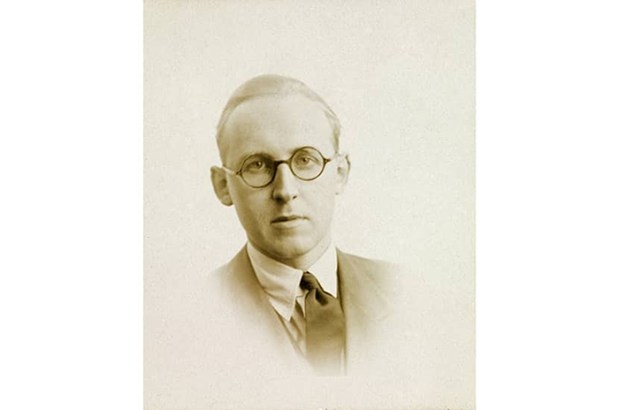Bettany Hughes has spent a decade, she tells us, exploring the origins of the goddess Aphrodite, first for a BBC documentary aired in 2017 and now for this book. I think it’s fair to say that if you saw the documentary, the book won’t have much more to offer you. If not it’s an intriguing tale that tracks the gorgeous and omnipresent Venus of western civilisation back 6,000 years to a series of strange little knobbly figures with penis-heads and emphasised vulvas found on Cyprus, presumably connected with a fertility cult.
In the fourth millennium BC, a fearsome trio of goddesses swept into Bronze Age Cyprus from Mesopotamia. Innanna, described in a poem written c. 2350 BC ‘of blazing dominion/clad in dread/riding on fire-red power’ was worshipped in 180 sanctuaries in Babylon alone, while Ishtar was immortalised as ‘she who vanquishes all’; Astarte, riding in the bows of a Phoenician boat, encapsulated war, death and destruction as well as life and sex. Arriving in Cyprus, a version of these three melded with the local nature goddess who had succeeded the penis-heads, thus forming a bizarre and alarming bird-headed woman. She came complete with sexy curves, baby at the breast and glamorous earrings to offset her evil-looking beak and eyes.
This cult coincided with a copper-mining boom on Cyprus, and remains of the goddess’s temple at Paphos reveal the riches and sensuality of her cult. Her warlike attributes fell into abeyance and instead she was worshipped as the source of pleasure and of union between men and women, the impulse behind civilisation and progress. Her powers were still double-edged; desire can be destructive as well as harmonious; and she was also, interestingly, non-binary (as she was in Babylon too), occasionally appearing with a beard. This tradition flowed into the Greek myth of Aphrodite, whose oversexed father, the sky-god Ouranos, was castrated by his son Kronos. His genitalia were flung into the sea and out of the boiling frothing spume rose ‘an awful and lovely maiden’, Aphrodite.
Hughes’s theory is that things start to go downhill for the goddess at the same time as they do for women in general — around the time Homer appears on the scene. The era of the penis-heads was one in which the ‘division of labour seems to have had parity’. Yet by Homeric times, Greek women were fed half rations, kept inside during daylight hours and encouraged to be silent and restrained. Aphrodite likewise began to lose her complex power, portrayed largely now as the capricious home-breaker. From the fourth century BC, she was slowly stripped of her elaborate garments and her rich jewellery to become the beautiful nude familiar to us. The iconic Knidian Aphrodite depicts her as modest yet alluring, a sort of no-means-yes in marble, attempting to cover her nakedness with her hands. Copied across the classical world, it was a vision of womanhood that suited the increasingly masculine world of the Greeks.
Julius Caesar briefly dressed and rearmed Venus when he adopted her as Mother of Rome, but the Emperor Augustus, who encouraged modesty and chastity as Roman virtues, began a trend to hide her away in the bedchamber. His sanctimony was nothing, of course, in comparison with the arrival of the new ‘sex-averse boy-god’, as Hughes introduces Jesus. All worship of the pagan gods in Rome was banned in 400 AD, yet Hughes makes the interesting point that Mary adopted Aphrodite’s nurturing role, as well as her ancient symbols, the dove and the girdle. Mary’s miracle-working girdle is still venerated at a Syriac Orthodox cathedral in Homs.
Aphrodite as the goddess of desire had to wait until the Renaissance for her next appearance, since when she has been worshipped on the walls of art galleries all over the world. By the time of this reincarnation all trace of her early power has been lost, replaced by a male fantasy of a goddess, available and compliant.
This is a slim, illustrated volume, and to cover 8,000 years of history Hughes is forced to rattle through her thesis. I regretted that she didn’t give herself the space to expand on some of her arguments. The ideas and examples she does draw upon are engrossing enough to wish for more.
Got something to add? Join the discussion and comment below.
Get 10 issues for just $10
Subscribe to The Spectator Australia today for the next 10 magazine issues, plus full online access, for just $10.
You might disagree with half of it, but you’ll enjoy reading all of it. Try your first month for free, then just $2 a week for the remainder of your first year.














Comments
Don't miss out
Join the conversation with other Spectator Australia readers. Subscribe to leave a comment.
SUBSCRIBEAlready a subscriber? Log in